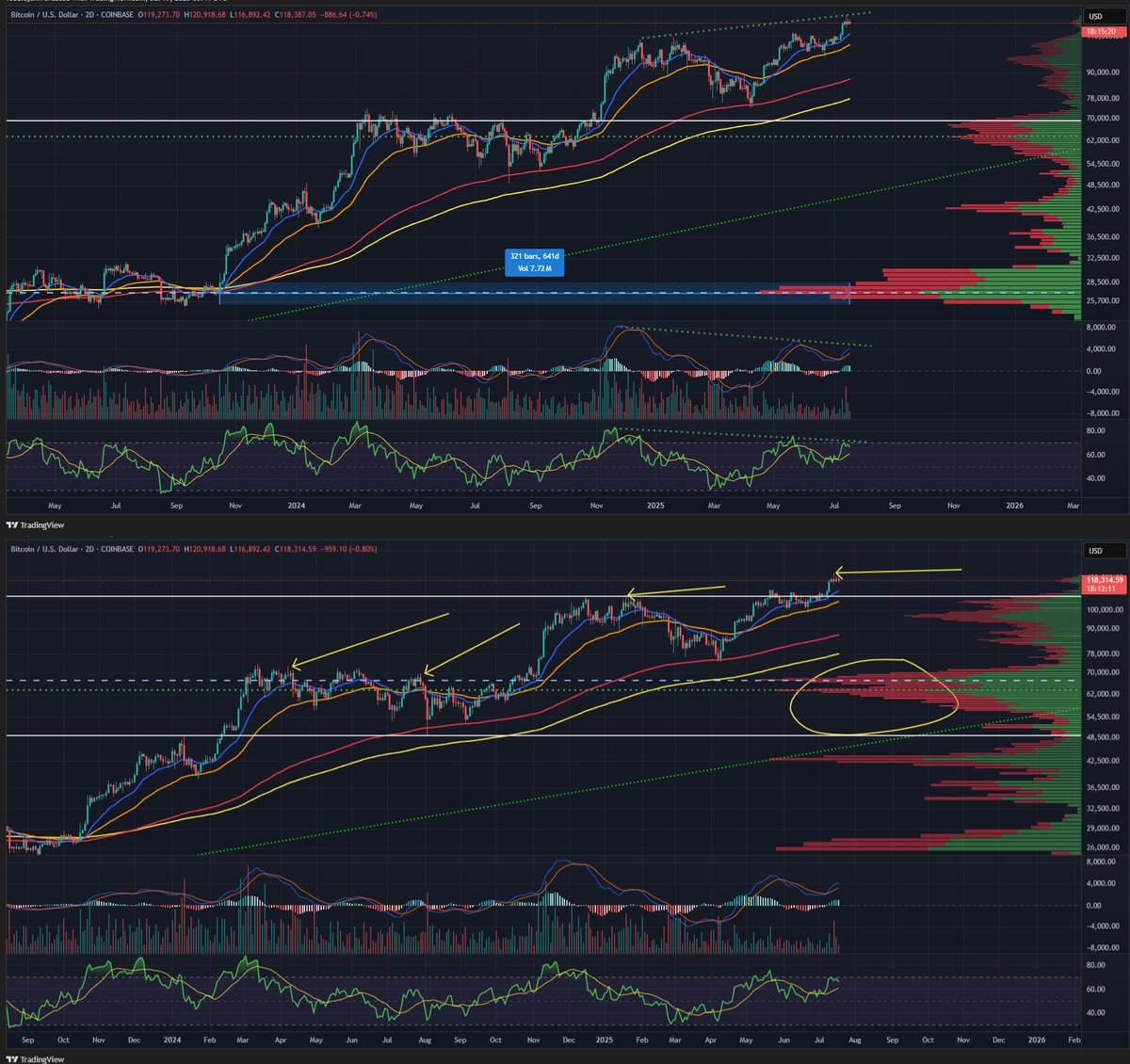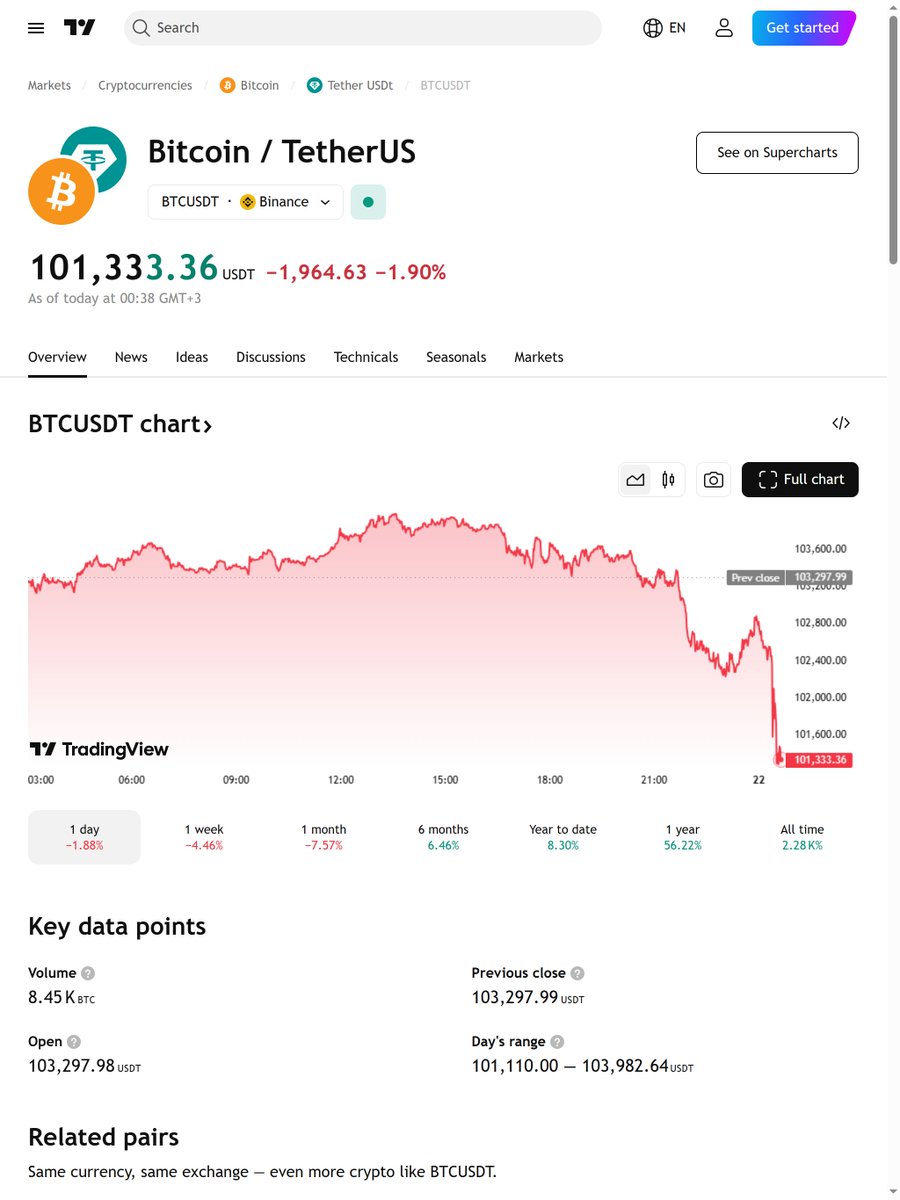—
Navigating the New Frontiers of Bitcoin: AI’s Role Amidst Hashrate, Smart Contracts, and Market Sentiment
Artificial Intelligence (AI) is no longer just a futuristic concept confined to science fiction or specialized labs; it’s steadily weaving itself into the complex fabric of cryptocurrencies, with Bitcoin’s evolving ecosystem being a key beneficiary. As Bitcoin steps into a new era marked by innovations like Bitlayer’s hashrate-backed smart contract capabilities and Merlin’s Layer 2 bridging, AI emerges as a catalytic force driving smarter analytics, enhanced security, and sophisticated market sentiment interpretation.
This report unpacks how AI interplays with Bitcoin’s current technological advances and market dynamics, shedding light on the subtle yet profound shifts reshaping the digital currency landscape.
—
AI Empowering Bitcoin’s Technological Infrastructure
Bitcoin’s recent strides toward integrating smart contract functionalities and improving scalability create a fertile ground where AI technologies can thrive and amplify impact.
Smart Contracts and AI: A Synergistic Relationship
Bitlayer’s BitVM is pushing Bitcoin into programmable territory, allowing complex decentralized applications on a network historically limited to simple transactions. AI can enhance this trajectory by:
– Automating Contract Verification and Security: AI algorithms can audit smart contracts for vulnerabilities before deployment, reducing the risk of exploits and fostering trust among developers and users.
– Optimizing Execution Efficiency: Machine learning models can predict network congestion and suggest optimal timing or resource allocation for executing contracts, improving throughput and reducing fees.
– Enabling Adaptive Contracts: AI-driven smart contracts could dynamically modify terms based on external data feeds (oracle inputs) or evolving market conditions, adding a layer of intelligence and responsiveness unprecedented on Bitcoin’s Layer 1.
AI in Mining and Hashrate Management
The fact that Bitlayer already commands 31.5% of Bitcoin’s hashrate shows miners’ commitment to this new smart contract-enabled paradigm. AI can supercharge mining operations by:
– Predictive Maintenance and Resource Allocation: AI can analyze hardware performance and environmental data to prevent failures and optimize energy consumption, cutting costs and increasing uptime.
– Adaptive Hashrate Distribution: Through real-time analysis of network difficulty and transaction flows, AI can direct hashrate to tasks or chains that maximize rewards and network efficiency, boosting overall resilience.
– Fraud Detection and Security: By monitoring hashrate anomalies and network traffic patterns, AI tools can flag suspicious mining activities, thwarting potential 51% attacks or other security breaches.
—
AI’s Role in Enhancing Layer 2 Solutions like Merlin
Layer 2 solutions aim to ease blockchain congestion and boost speed — Merlin’s bridge approach connecting Bitcoin’s L1 to multiple L2s is a bold step towards a scalable and interoperable ecosystem. Here, AI’s contributions are manifold:
– Optimizing Cross-layer Transaction Routing: AI algorithms can smartly route transactions across different L2 chains and the main Bitcoin chain, minimizing latency and transaction costs.
– Automated Liquidity Management: AI can predict liquidity demand fluctuations in bridging channels, adjusting allocations proactively to ensure smooth, uninterrupted flows.
– User Behavior Analytics: By analyzing transaction and network usage patterns, AI can help developers tailor user interfaces and services that respond seamlessly to evolving user needs, increasing adoption and satisfaction.
Combined, these AI-powered tools can transform fragmented multi-layer networks into an intuitively managed, cohesive infrastructure — vital for Bitcoin’s transition from digital gold to decentralized app hub.
—
Decoding Market Sentiment: AI as a Digital Oracle
Perhaps nowhere is AI’s influence more visible than in interpreting Bitcoin’s volatile market sentiment and guiding traders through its price puzzles.
Real-time Technical Analysis and Predictive Modeling
Traditional technical indicators often struggle to capture the complex, multifaceted signals that drive Bitcoin’s price swings. AI models leverage vast datasets and advanced pattern recognition to:
– Detect Subtle Trends and Anomalies: Algorithms pick up on atypical trading volumes, order book imbalances, and social media buzz that precede price moves.
– Sentiment Analysis Across Channels: Natural language processing (NLP) tools scan tweets, forums, news articles, and memes to quantify trader emotions, providing sentiment scores that complement technical data.
– Forecasting Price Movements: Combining historical data with sentiment insights, AI systems employ machine learning to project probable price paths, assisting traders in decision-making amid uncertainty.
Behavioral Insights and Risk Management
AI helps map market psychology nuances like FOMO (fear of missing out) and panic selling, which often create sharp volatility in Bitcoin markets.
– Identifying Overbought/Oversold Conditions: By analyzing collective trading behaviors, AI can issue warnings before trend reversals, mitigating risk.
– Adaptive Trading Strategies: AI-powered bots can adjust their approaches dynamically based on shifting market states, underpinning more resilient trading portfolios.
– Mitigating Cognitive Biases: By providing objective data-driven insights, AI reduces the impact of emotional decision-making, helping investors behave more rationally.
—
Challenges and Ethical Considerations in AI-Driven Bitcoin Evolution
While AI’s potential is immense, integrating it into Bitcoin’s domain isn’t without hurdles:
– Transparency and Explainability: AI decisions, especially in trading and contract management, must be interpretable to prevent “black-box” effects that could undermine trust.
– Data Privacy and Security: Leveraging user and transaction data for AI analysis must respect privacy norms, avoiding leaks or misuse that could damage network reputation.
– Centralization Risk: Heavy reliance on AI tools operated by a few entities might reintroduce centralization vulnerabilities within Bitcoin’s decentralized ethos.
– Regulatory Landscape: AI’s usage in financial markets faces evolving regulations; crypto stakeholders need to navigate compliance thoughtfully.
Addressing these factors will be critical for ensuring AI enhances Bitcoin without compromising its foundational principles.
—
Conclusion: AI as a Catalyst for Bitcoin’s Next Chapter
The convergence of AI with Bitcoin’s newly expanding technical grounds—seen in hashrate-backed smart contracts and scalable L2 solutions—signals a metamorphosis beyond traditional cryptocurrency use-cases. AI not only facilitates safer, more efficient mining and contract execution, but also sharpens the decoding of market sentiment, empowering traders and developers alike.
Looking toward the horizon beyond 2025, AI could help Bitcoin fulfill its promise as a programmable, robust, and user-friendly decentralized network. The partnership between human ingenuity and machine intelligence stands to redefine how value, information, and trust circulate in an increasingly decentralized digital economy.
In this unfolding saga, AI is less of a mere tool and more a necessary co-pilot navigating Bitcoin through its complex, exhilarating, and uncharted future.
—
Sources and Further Reading
– Bitlayer and BitVM overview
– Merlin bridging solutions
– Bitcoin technical analysis on BTC price
– AI integration in blockchain
– Advances in AI for smart contract security
– AI and market sentiment analysis
(*Links open in new tabs*)











